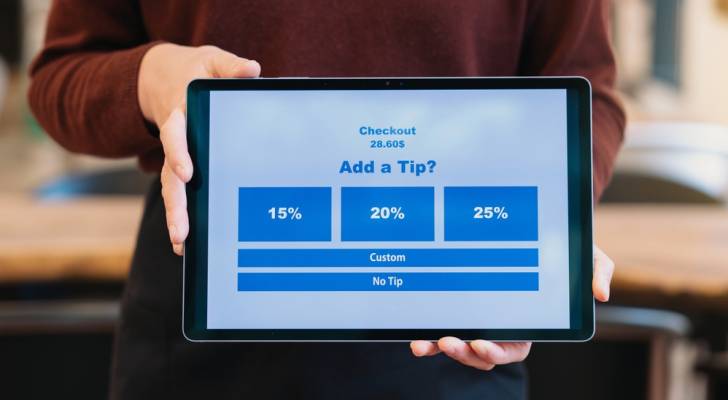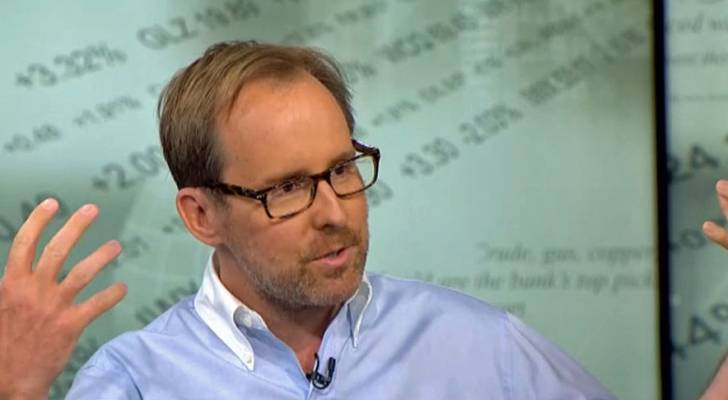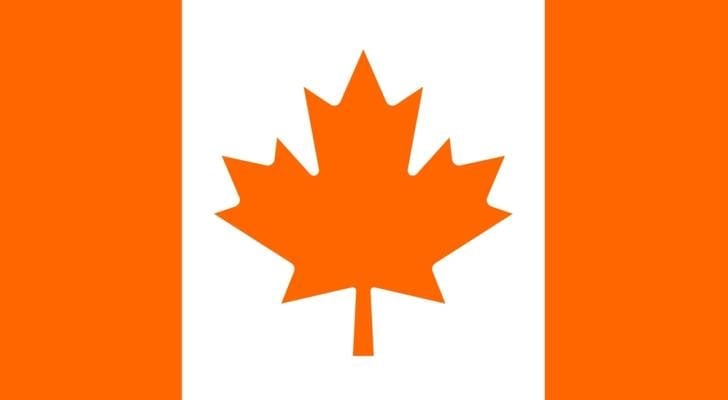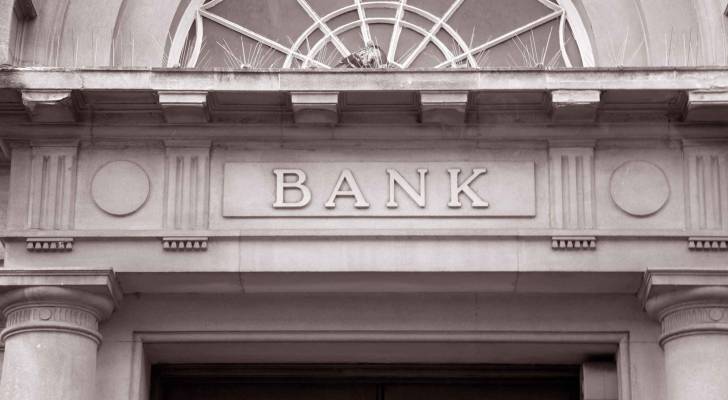All this talk of tariffs and market volatility may have you thinking: If the stock market crashes, what’s an investor to do? Here are 3 things to be mindful of

The economic uncertainty caused by President Trump’s repeated threats of across-the-board tariffs on Canadian imports, alongside our nation’s retaliatory response, has been negatively impacting the Toronto Stock Exchange (TSX). Per recent Morningstar reporting, on March 4, the S&P/TSX Composite Index with a net loss of 429 points. A potential trade war with the US has […]
Many Canadians are simply unaware of the realities of tipping

Like it or not, the reality is that tipping is an important part of how service workers are able to earn enough money to try to make ends meet in Canada. While an H&R Block survey reveals strong support for tipping culture, there is not only a sense of fatigue among Canadians, the survey reveals […]
I’ve never owned stocks but I’ve saved $265,000 in cash. How can I ‘set and forget’ my life’s savings so I can live off dividends in the next 3 years?

Invest, invest, invest! That’s the advice that we always hear when it comes to growing wealth. But let’s be real: The stock market can be intimidating. According to a 2024 Ipsos poll only 56% of Canadians feel comfortable investing their own money. Turns out 1 in 4 (25%) of investors who do not feel comfortable […]
Billionaire investor Mark Spitznagel, who predicted the last two market crashes, warns of impending Black Swan bubble burst in the equities market

Mark Spitznagel wasn’t surprised when USD$6.4 trillion was erased from global stock markets this past August. That’s because the noted Wall Street “permabear” — a term used to describe an investor who assumes the value of stocks and shares will fall regardless of market conditions — anticipates a major market crash due to the "greatest […]
Last year was among the costliest for commercial insurance losses

Canada faced one of its most expensive years for insured losses in 2024, with severe weather wreaking havoc on both homes and businesses. While homeowners bore the brunt of the damage, commercial properties also suffered massive losses, pushing the total insured damages to over $1.7 billion — the second-highest in the country’s history. "Thousands of […]
Reddit users unite to champion Indigenous businesses in the wake of US tariffs

Elbows up, Canada! Canadians from coast to coast are coming together in solidarity to fight back against the trade war US President Donald Trump started and continues to escalate. From where we buy to what we buy, we as a nation are seeking ways to ensure the products we are buying are homegrown. The ‘Buy […]
Toronto rents have dropped 9.4% — here’s what the current renter’s market looks like from a renter’s P.O.V.

Being a renter can be frustrating, especially in a city like Toronto, where rent prices increased significantly over the past five years. That being said, a December 2024 report from Rentals.ca found that rents declined 9.4% annually in Toronto for apartment and condo listings, revealing a glimmer of hope for those looking to relocate to […]
Are you a spender, saver, earner or ostrich? No matter your financial personality type there’s a budget for you!

If you’ve ever tried and failed to stick to a budget, the problem may not be with you but with your budgeting strategy. Different forms of financial management suit some personalities better than others — select the wrong one and you could find it difficult to stay on track. The different money personality types To […]
Scooping up the cost: Chapman’s Ice Cream freezes prices despite US tariffs

Chapman’s Ice Cream has been a staple in grocers’ freezers for almost a half a century and the Ontario-based creamery has stayed proud of and true to their origins as one of the favourite ice creams of Canadian families. The recent trade war with the US is no exception. In response to US tariffs on […]
Should you keep all your money in one bank? We take a deep dive into the pros and cons of centralizing your finances in one place

There’s no denying that using one bank is more efficient, convenient and streamlined than storing your money in multiple banks. But is centralizing all of your wealth in one place truly the best way to manage it? As with most decisions, there are benefits and drawbacks to this common financial practice. Here, we break down […]